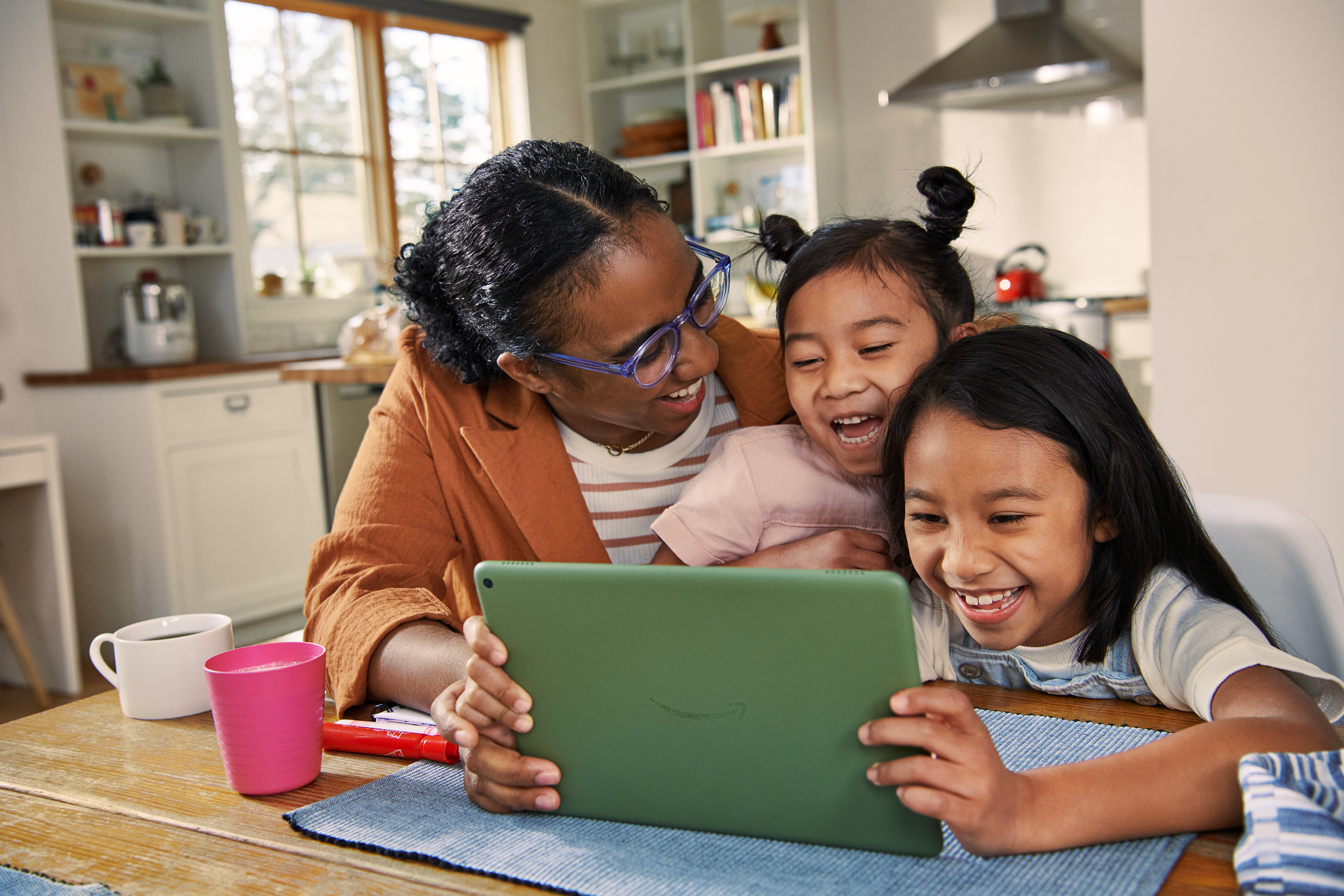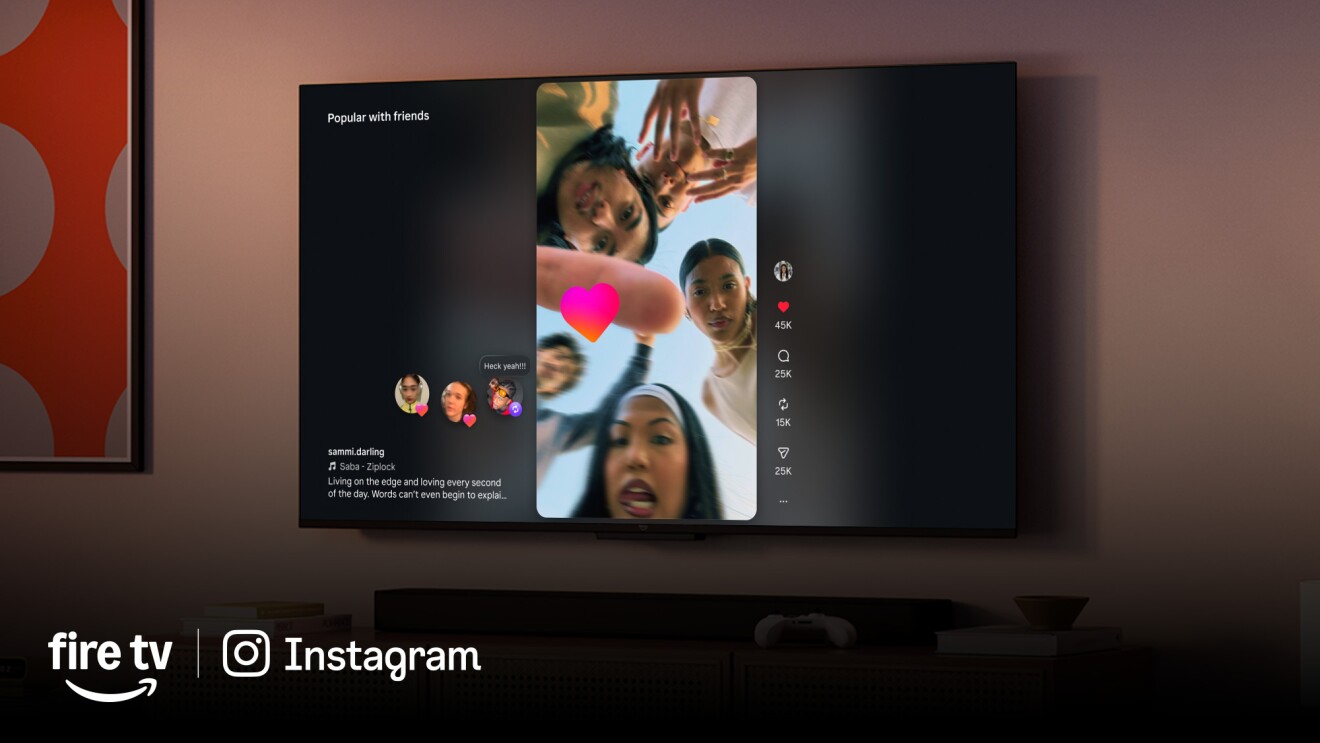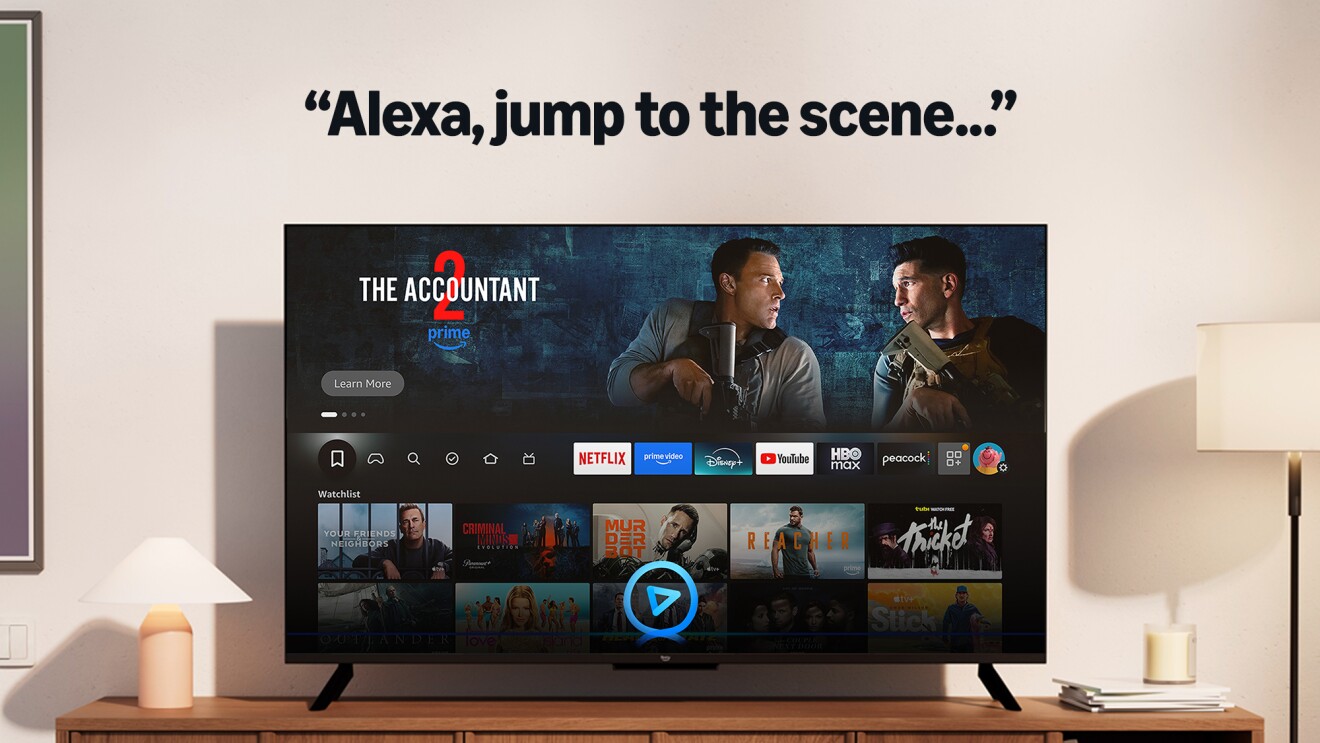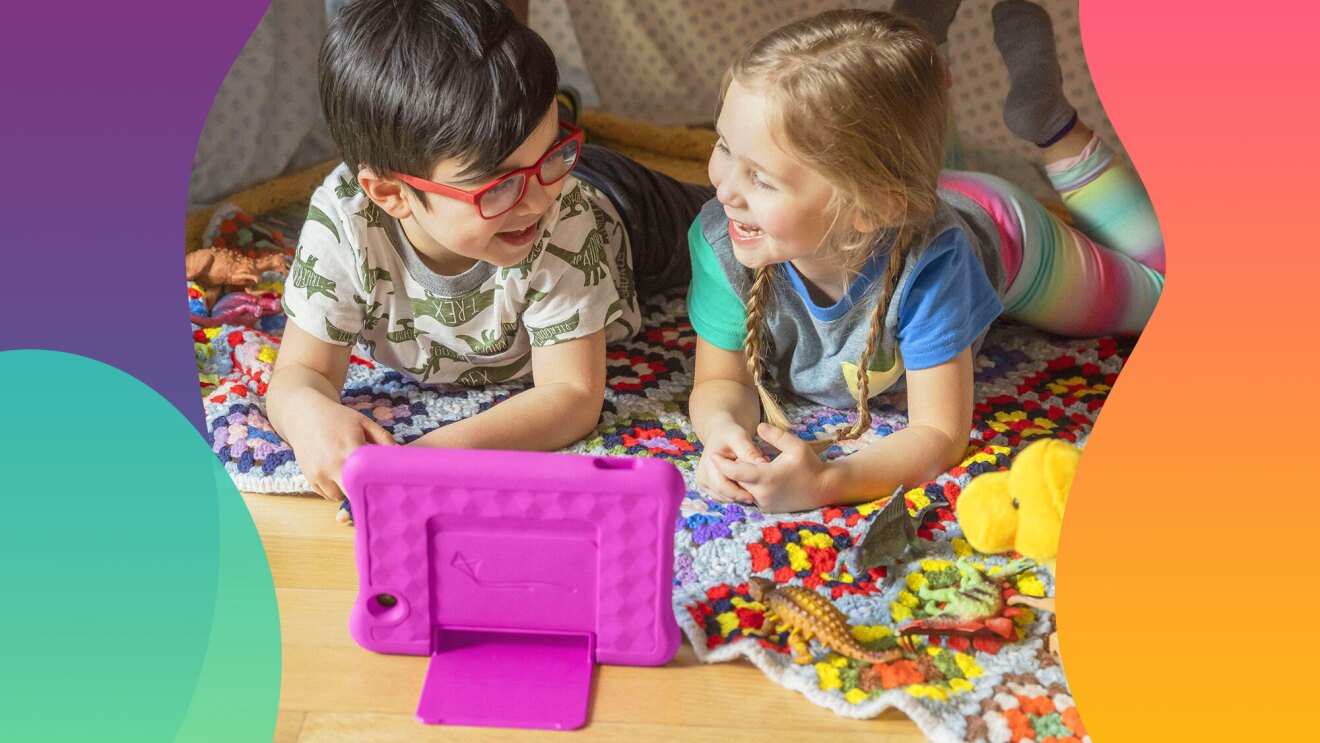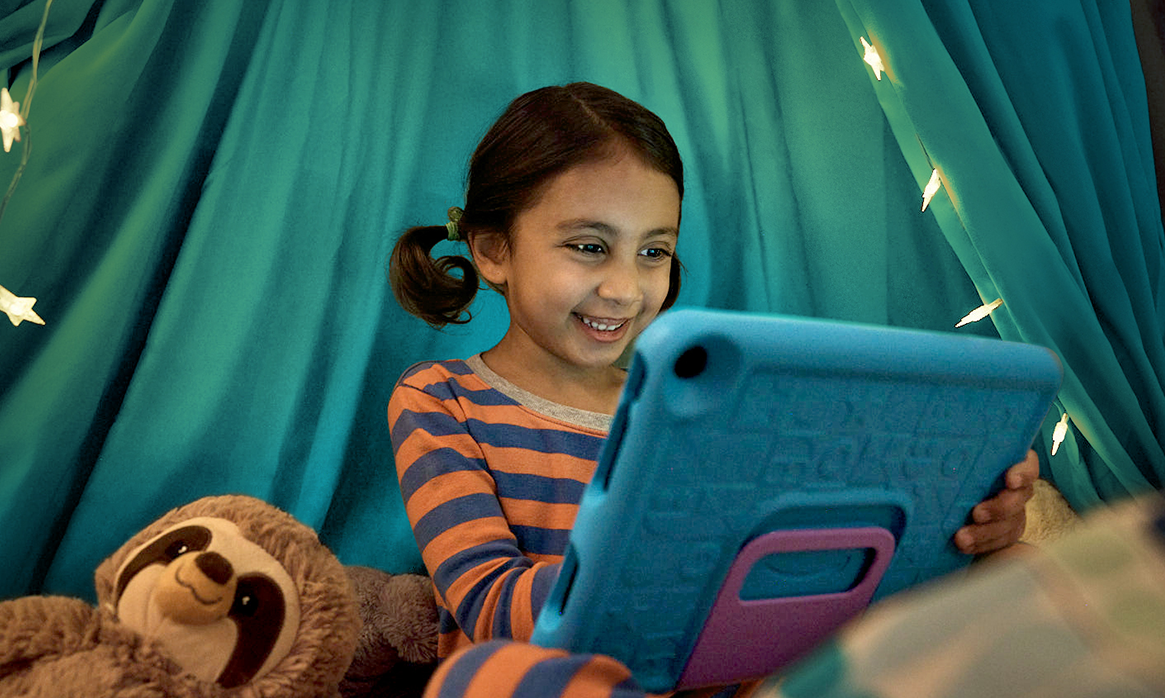New research into teens’ use of technology
Do teens follow your rules about technology?

Teens want to protect themselves
When do teens’ technology habits form?
How do you talk to kids about technology?
Page overview
Determine guardrails together
Create a shared media use agreement with your child to give them a sense of agency over their tech habits, within boundaries appropriate for their age and level of maturity. Keep your agreements relevant by updating them regularly—especially when circumstances change, such as during school vacations when rules may be more relaxed.
The best way to learn what’s going on in your kids’ world is to talk with them. Ask about what they see and experience online on a regular basis to help them develop healthy media habits; don’t simply monitor their media use behind the scenes. When you both feel relaxed, ask open-ended questions about how experiences during their day made them feel or how they think others may be feeling. Intentionally listening and responding without judgment will help to keep communication open.
Have conversations with your child about how they decide who they should communicate or share information with, and why. Design communication plans together for how they can reach out to you if something doesn’t feel safe, or if something just feels off. When they are ready for devices, set them up together, discussing which safety and privacy features are available to them and how to use them.
Cyberbullying can affect kids even before they have regular access to devices. Build your child’s empathy and upstanding behavior by having conversations early about the ways we behave in real life and how we behave online. Ask them how others may feel when people say or do harmful things, and name the process for getting help if your child is being bullied or sees someone else being treated unkindly.
There is a saying that kids listen to 100% of what they see—and 0% of what they hear. Modeling behaviors for your child and practicing healthy media use as a family can make boundaries feel less like restrictions and more like family norms. When you are caught breaking the rules, own up to it, apologize, and move forward. We can all use reminders to use our technology and media in healthy ways!
Being proactive is the first step
Trending news and stories


